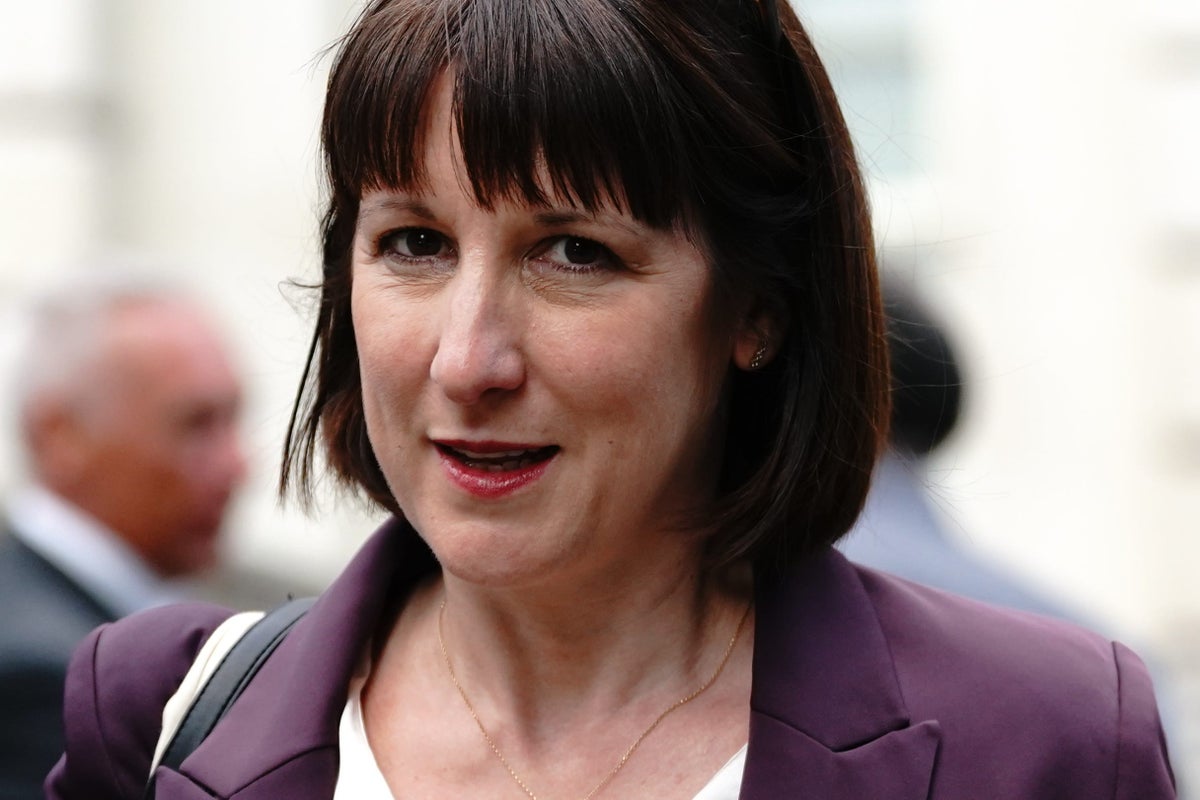
A Treasury bond fund has careened from an asset to a liability, with losses so profound that each UK household now faces a staggering burden of £8,900, Labour has said.
Figures show the Treasury fund, originally devised to capitalise on the Bank of England’s quantitative easing programme, has been rapidly eroding over the past three years.
According to Labour, the fund’s decline turned it into the most substantial liability on the Treasury’s balance sheet by the close of March 2023, culminating in a £251 billion loss.
The party says in terms of losses for the taxpayer, it represents a cost of £8,900 for every household in the UK and is 76 times the amount that was lost on Black Wednesday in 1992, when the UK was forced out of the Exchange Rate Mechanism.
It also claimed it is equivalent to 10% of the UK’s gross domestic product in 2022, or the entire GDP of Scotland and Wales combined.
Shadow chancellor Rachel Reeves said: “Families are already feeling the squeeze from what feels like an endless Tory cost-of-living crisis. Now they face yet another hit thanks to the Conservatives’ catastrophic mistakes in managing this fund.
“This Tory bond black hole will land working people with another astronomical bill for years to come.
“And it leaves them paying the price for the failings of successive Tory chancellors: the hubris of George Osborne thinking this fund was a one-way bet, the complacency of Rishi Sunak ignoring the warning signs in the bond market, and the recklessness of Kwasi Kwarteng turning a crisis into a disaster.
“All of them are guilty of putting their short-term political ambitions ahead of the long-term economic interests of the country.
“That will only change when we have a Labour government in place, determined to rebuild the foundations of economic responsibility, and give Britain the more secure, more resilient economy it needs.”
This Tory bond black hole will land working people with another astronomical bill for years to come.— Rachel Reeves
Labour additionally pointed out that the Treasury’s assessment of taxpayer returns over the entire fund’s existence has changed from a net profit of £128 billion by the end of March 2021 to a net loss of £58.8 billion by the end of March 2023.
Established in January 2009 as part of the Bank of England’s quantitative easing effort to aid the UK’s recovery from the global financial crisis, the Asset Purchase Facility (APF) acquired significant sums of Government bonds and other assets from banks, pension funds and finance firms, providing vital liquidity to a stagnant market.
As the economy rebounded and interest rates remained low, Government bonds regained appeal among corporate investors, leading to an increase in the Bank’s asset portfolio’s value.
In 2013, Labour noted, former Tory chancellor George Osborne revised the rules for the APF, ensuring that future profits from the Bank of England’s investments would be directed to the Treasury.
Ms Reeves, who at that point was shadow Treasury minister, warned Mr Osborne at the time that his short-term cash grab from the Bank was no substitute for a proper strategy “to create the jobs and growth we need to get the deficit down”.
The figures were published in the Treasury’s annual accounts for 2022/23 on July 20.
Treasury minister Andrew Griffith said: “The only black hole facing the British people is the £90 billion unfunded spending splurge that Labour would slap on families across the country.
“There’s a world of difference between movements in a long-term bond portfolio versus the certainty of a Labour government spending other people’s money until there is no money left.
“Meanwhile, we are making progress on the British people’s priorities – halving inflation, growing our economy and reducing debt.”






